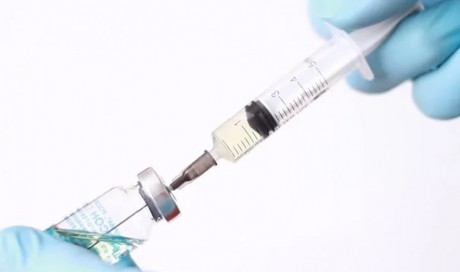Olive oil

Pres an olive and you get one of the healthiest fats in the world. The main benefit of olive oil is that it lowers “bad” LDL cholesterol and raises “good” HDL cholesterol, thanks to its monosaturated fats. Olive oil is also packed with antioxidants called phenols, which may protect artery walls from cholesterol buildup.
How much? Include up to 1 tablespoon (15 mL) of olive oil in your diet every day.
Tip: Look for “virgin,” “extra virgin” or “cold-pressed” oils, which are extracted by pressing alone. Solvents and heat used to produce “light or “extra-light” oils destroy antioxidants.
Broccoli

Consider broccoli your number one cancer fighter, thants to its sulfur compounds, such as sulforaphane, which you can smell as broccoli cooks. These compounds signal our genes to boost production of enzymes that detoxify potentially cancer-causing compounds. Eat more broccoli and you could slash your risk of everything from breast and lung cancer to stomach and colon cancer.
How much? 125 mL (1/2 cup) of cooked broccoli is one fruit and vegetable serving.
Tip: Steam broccoli for 3 to 4 minutes until it’s crisp-tender to free up more of its sulforaphane.
Yogurt

Yogurt is a great source of bone-building calcium, but its real strength lies in live beneficial bacteria, know as probiotics, that keep down the growth of harmful bacteria in your gut. Eating more yogurt could help with inflammatory bowel disease, ulcers, urinary tract infections and vaginal yeast infections.
How much? ¾ of a cup (175 mL) of low-fat or fat-free yogurt with live cultures is one serving of milk/dairy products.
Tip: When coating chicken, pork or fish with bread crumbs, replace the eggs used to moisten the meat with plain yogurt.
...[ Continue to next page ]
Share This Post














